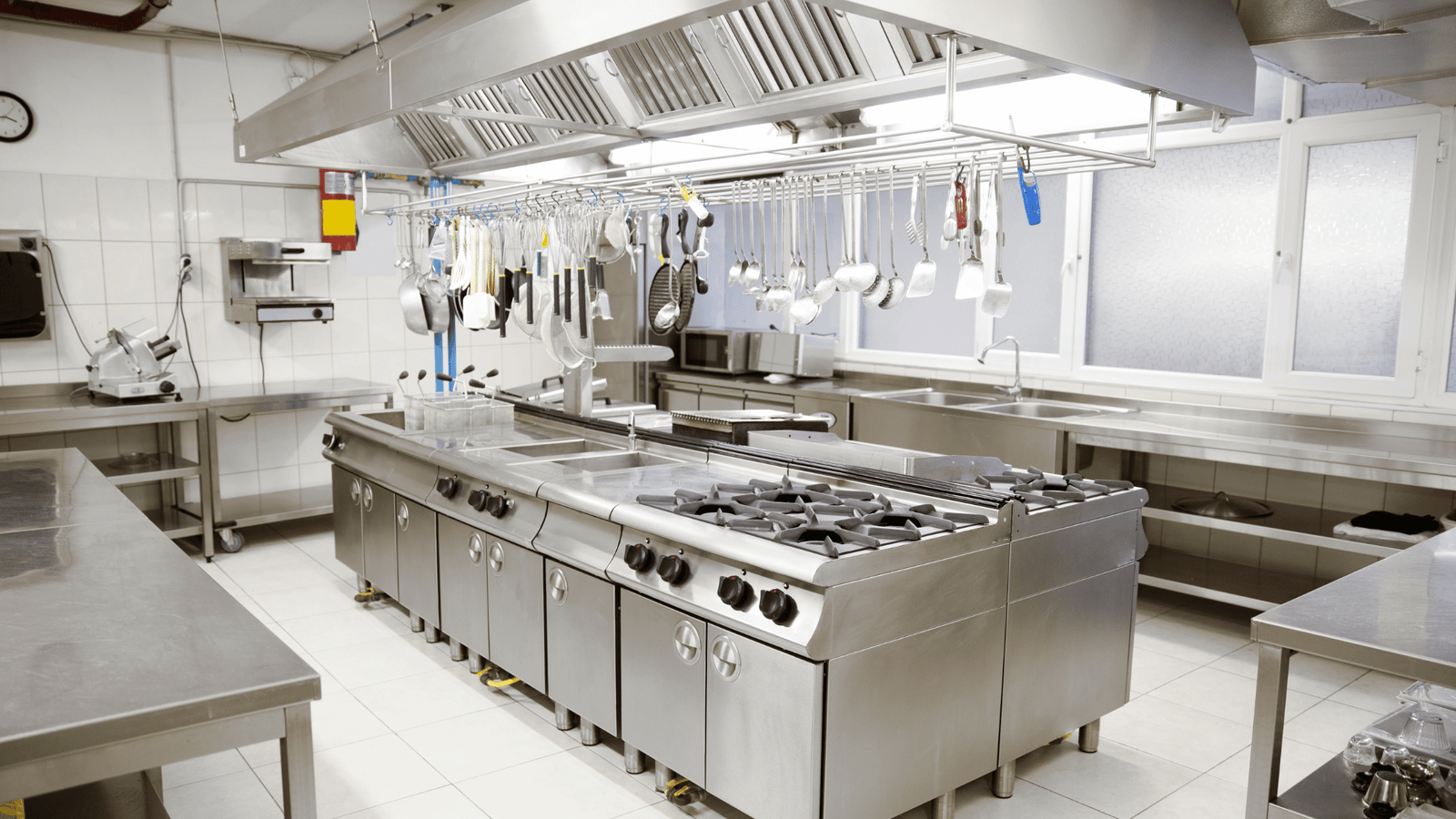In the competitive world of the restaurant industry, profitability often hinges on the details. One of the most critical, yet frequently overlooked, aspects of achieving profitability is menu engineering. A well-engineered menu can significantly impact a restaurant’s bottom line by guiding customer choices, maximizing profits, and ensuring operational efficiency. In this comprehensive guide, we’ll delve into the secrets of menu engineering and how it can transform your restaurant’s profitability.
Understanding Menu Engineering
Menu engineering is the strategic process of designing a menu to maximize restaurant profits by analyzing the profitability and popularity of each item. This method involves categorizing menu items based on their performance, pricing them strategically, and placing them on the menu in a way that encourages customers to choose higher-profit items. The ultimate goal is to create a menu that is both appealing to customers and financially beneficial to the restaurant.
The Four Quadrants of Menu Engineering
Menu items are typically categorized into four quadrants based on their profitability and popularity: Stars, Plow Horses, Puzzles, and Dogs.
- Stars: These items are both popular and profitable. They should be prominently featured on the menu to attract customers and drive sales.
- Plow Horses: These items are popular but not very profitable. Consider increasing their prices slightly or reducing their portion sizes to boost profitability without compromising their appeal.
- Puzzles: These items are highly profitable but not very popular. Marketing and repositioning these items on the menu can help increase their popularity.
- Dogs: These items are neither popular nor profitable. It might be best to remove them from the menu or rework them to improve their appeal and profitability.

Menu Engineering Best Practices
Regularly Update Your Menu
Consumer preferences and market conditions change over time. Regularly review and update your menu to ensure it remains optimized for profitability.
Monitor Competitor Menus
Keep an eye on your competitors’ menus. Understanding their pricing and offerings can help you make informed decisions about your own menu strategy.
Use Technology
Leverage technology to gather data and analyze performance. POS systems, customer feedback tools, and menu engineering software can provide valuable insights.
Consider Seasonal and Local Ingredients
Incorporating seasonal and locally-sourced ingredients can reduce costs and appeal to customers looking for fresh, sustainable options.
Read Also : Creating an Engaging Online Menu for Your Restaurant
Boost Your Restaurant Sales with These Menu Optimization Tips
Balance Innovation with Familiarity
While it’s important to innovate and offer unique items, ensure that your menu also includes familiar favorites that customers know and love.
Steps to Effective Menu Engineering
Data Collection and Analysis:
The first step in menu engineering is gathering data on each menu item’s cost, sales volume, and contribution margin. This data provides the foundation for categorizing items into the four quadrants.
Costing Each Menu Item:
Calculate the cost of each menu item, including ingredients, preparation, and overhead costs. Understanding the true cost helps in setting the right price to ensure profitability.
Classifying Menu Items:
Use the collected data to classify each menu item into the four quadrants. This classification helps in making informed decisions about which items to promote, reprice, or remove.
Strategic Pricing:
Price each menu item strategically. Consider psychological pricing tactics such as ending prices in .95 or .99, which can make items appear more affordable.
Menu Layout and Design:
The design and layout of the menu can influence customer choices. Place high-profit items in prominent locations, such as the top-right corner of the menu, which is where customers’ eyes naturally gravitate.

Descriptive Menu Language:
Use appetizing and descriptive language to highlight the appeal of each item. Well-written descriptions can entice customers to try new items and can justify higher prices.
Regular Review and Adjustment:
Menu engineering is an ongoing process. Regularly review sales data and adjust the menu as needed to reflect changing customer preferences and market trends.
The Role of Technology in Menu Engineering
Modern technology can greatly enhance the process of menu engineering. Point-of-sale (POS) systems, for instance, provide valuable data on sales, customer preferences, and inventory management. Integrating POS data with menu engineering software can automate the analysis process, making it easier to identify trends and make data-driven decisions.
Additionally, digital menus and online ordering platforms offer flexibility in presenting and promoting high-profit items. Real-time updates and targeted promotions can further drive sales and enhance customer satisfaction.
Conclusion
Menu engineering is more than just a tool for increasing profits; it’s a strategic approach to creating a balanced and appealing menu that meets both customer preferences and business goals. By understanding the principles of menu engineering and implementing them effectively, restaurant owners can enhance their profitability, streamline operations, and deliver a better dining experience.
Remember, menu engineering is an ongoing process that requires regular review and adjustment. Stay attuned to customer feedback, market trends, and sales data to continually refine and optimize your menu. With the right approach, menu engineering can unlock the secret to a profitable and successful restaurant business.





